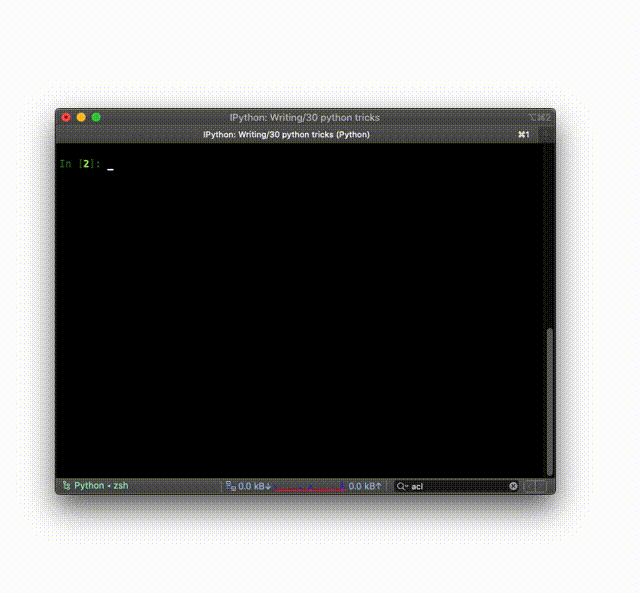The Pillow Python Imaging Library is ideal for image processing. Typically, it’s used for archival and batch processing applications. Of course, you’re free to use it for anything else you can think of. You can use the library to:
- Create thumbnails
- Convert between file formats,
- Print images
- Fet a histogram (ideal for automatic contrast enhancement)
- Rotate images
- Apply filters like blur
Table of Contents
Installing the image processing package
To install Pillow, which is a fork and continuation of the original Python Imaging Library, use the pip install command:
pip3 install Pillow
After this, you can import the module which is called PIL, or you can import parts of the module with the from PIL import ..... syntax.
Processing images
Pillow offers several filters which become available after importing ImageFilter. For example, to blur an image, use:
from PIL import Image, ImageFilter
im = Image.open("kittens.jpg")
blurred = im.filter(ImageFilter.BLUR)Code language: Python (python)Other filters include SHARPEN, SMOOTH, and EDGE_ENHANCE. For a complete list of filters, check the reference docs on ImageFilter.
To rotate an image by 180 degrees:
rotated_image = im.rotate(180) Code language: Python (python)And finally, to save the results of your hard work:
rotated_image.save("rotated.jpg")Code language: Python (python)Displaying images
Besides image processing, this library can also be used to display images on the screen. Here’s some example code to display a file called kittens.jpg:
from PIL import Image
im = Image.open("kittens.jpg")
im.show()
print(im.format, im.size, im.mode)
# JPEG (1920, 1357) RGBCode language: Python (python)In the following animated gif, I demonstrate how to use Pillow right from IPython:

Further reading
The library has much more to offer. To learn everything about Python image processing using Pillow, it’s best to head over to the official tutorial!




